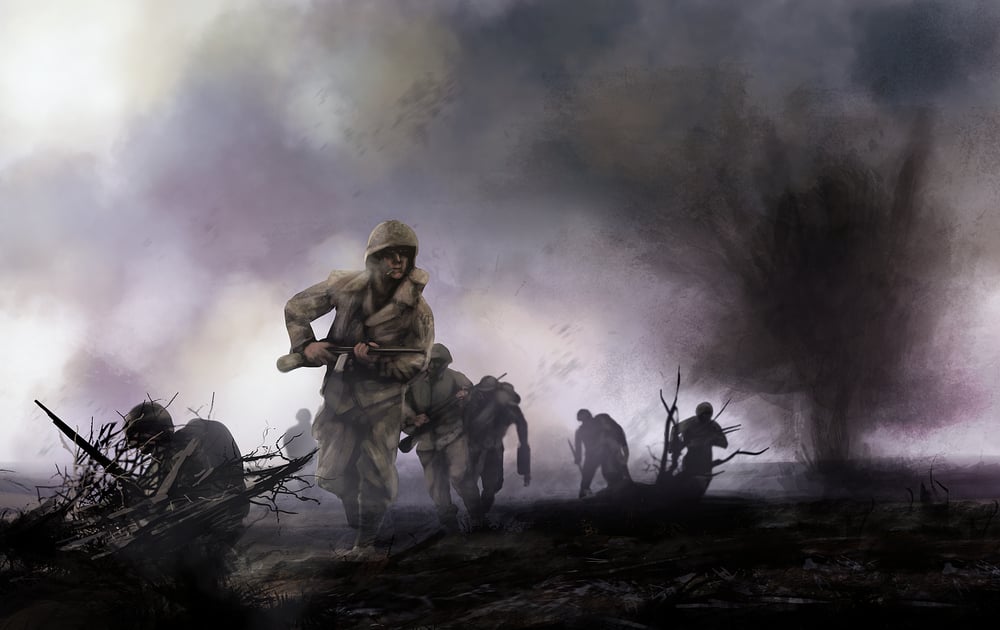Table of Contents (click to expand)
People obey because of the influence of higher authority, legal organizations and the tendency to shift responsibility for the consequences.
Have you ever wondered why the Nazis were able to commit such atrocities based exclusively on a higher authority figure (Hitler)? The Holocaust of World War II represented the ultimate destruction of morality and humanity in recent history. This makes one wonder… how could those soldiers agree to or obey such commands even when they knew what harm they were causing? The concentration camps for Jews during the war raised many questions on morality, the power of obedience, and authority figures. To find these answers, Yale University’s social psychologist Stanley Milgram conducted an experiment to study the reasons for obedience (1963).
Recommended Video for you:
What Is Obedience?
Obedience is a human behavior that means to carry out orders or instructions given by a higher authority figure. A higher authority figure could be anyone above you and to whom you are answerable. Such dynamics are often seen between parent-child, teacher-student, boss-employee and in this case, Hitler and the Nazi soldiers.
What Was Milgram’s Experiment On Obedience?
Milgram hired 40 participants from all walks of life. This is called random sampling, where there is no specific reason to choose the participants for a study. The participants were told that they would be divided into “learners” and “teachers”. The “teachers” were supposed to ask a series of questions to the “learners”; for every wrong answer, the “teachers” were ordered to administer electric shocks to the learners. With every wrong answer, the intensity of the shock would progress.

The Aim
Stanley Milgram wanted to know to what extent the participants were willing to obey orders, even if it involved harming someone. In a way, this created a replica of the World War II situation. This experiment also aimed at finding the reasons for such blind obedience.
The Twist In The Procedure
The participants were told that they had an equal chance of being a “teacher” or a “learner”. However, in reality, the “learner” was a confederate (an actor). Confederate means being a helper in an experiment, rather than being a true participant. In other words, all the participants were teachers.
The range of the shock levels ran from 15-450 volts. The varying degrees of shocks were labelled “slight shock”, “moderate shock”, “strong shock”, and “intense shock”, with the most intense shock being labelled “XXX”. In reality, the only shock administered was to the “teachers” (45 volts) so they could feel the punishment being administered to the “learner”. Meanwhile, the “learners” were just acting when the shock buttons were being pressed.
The experiment would start with the researcher (in a white lab coat) being present with the “teacher” and the learner was strapped to a chair with electrodes. The teacher was given a list of questions to ask the learner; with every wrong answer, the teacher was told by the researcher to administer the shocks as punishment.

Observation
When the “teacher” would raise any objections by seeing the pitiful reaction of the “learner” upon being shocked, the researcher would give a series of prods.
Prod 1 – Please continue.
Prod 2 – This experiment requires you to continue.
Prod 3 – It is essential that you continue.
Prod 4 – You have no other choice but to continue.
There were many negative reactions observed in the participants, such as pleading along with the “learner” to the researcher, crying, asking the “learner” to focus and answer the questions correctly, challenging the experimenter, and outright revolting. However, when given the above-mentioned prods, the majority of the participants continued and did not stop administering shocks. Eliciting such negative reactions also questioned the ethical motives of this experiment.
Results
All the participants continued up to 300 volts. 65% of the participants (two-thirds) continued to the highest level of 450 volts. The participants who obeyed the orders shifted responsibility onto the researcher, thereby freeing themselves of the guilt of harming someone. They justified the action by saying, “I was just carrying out orders”. Some participants carried out the orders, but blamed themselves as guilty for killing someone; however, even that guilt did not stop them from obeying.
The last category, which was a minority, took personal responsibility for their actions and stopped themselves from administering shocks. However, the number of such participants was alarmingly low, whereas that group was expected to be the largest. This explains the various justifications that Nazi soldiers might have given themselves when they were committing such heinous crimes.
Why Do People Obey?
This experiment explains the various factors that make people commit even the most gruesome crimes. Obedience depends on several factors:
Obedience to authority is a part of human nature; we are conditioned to obey right from birth, first with our parents, then teachers, and then employers.
- Obedience is very high when it comes from a higher authority figure (researchers with lab coats) or organization (Yale University) because it makes the individual feel that the one who is ordering them knows what they are doing.
- We tend to shift responsibilities rather than taking personal responsibility for our own actions. It is easy to put the blame on someone else, claiming that we were just carrying out the instructions given, refusing to fully accept the consequences.
- It is difficult to revolt against a legally-based organization like the Nazi government or a highly influential figure like Adolf Hitler.

These factors help us understand why German soldiers were willing to kill innocent Jews, even when they had no personal grudge against them. Military training requires a high level of obedience from authority figures, the orders came from the government, and there was no need to take personal responsibility, as they were “just carrying out orders”. Although Milgram’s experiment was controversial in terms of its morality, it represented ground-breaking research in the field of social psychology. It provided important insights on the human mind and its tendency to take orders that can cause harm to others.












